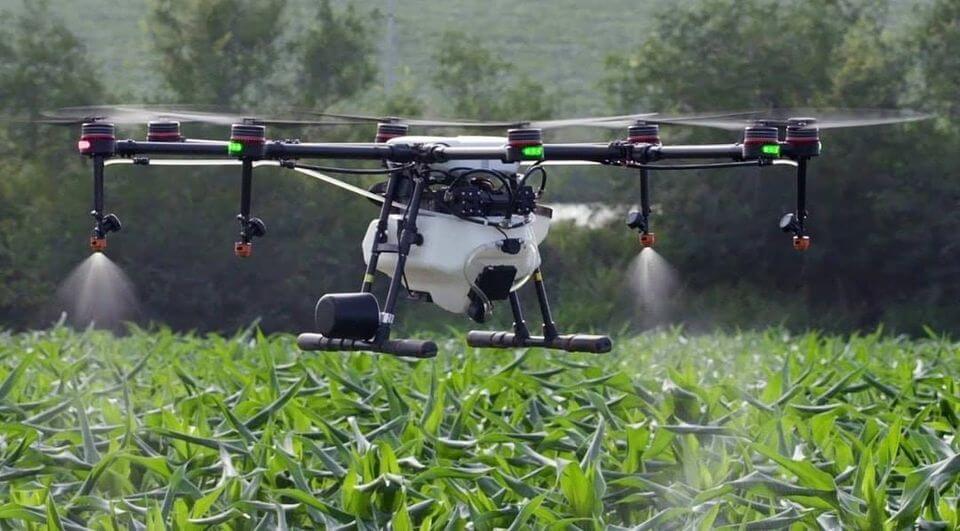
This is the spinach farming in Kenya full guide to enable you to start and grow your spinach farm. Whether for commercial or domestic purposes, we intend to answer all the questions regarding spinach farming in Kenya in this guide. Before venturing into spinach farming in Kenya there are some of the questions you usually ask yourself some of these questions regarding spinach farming include:
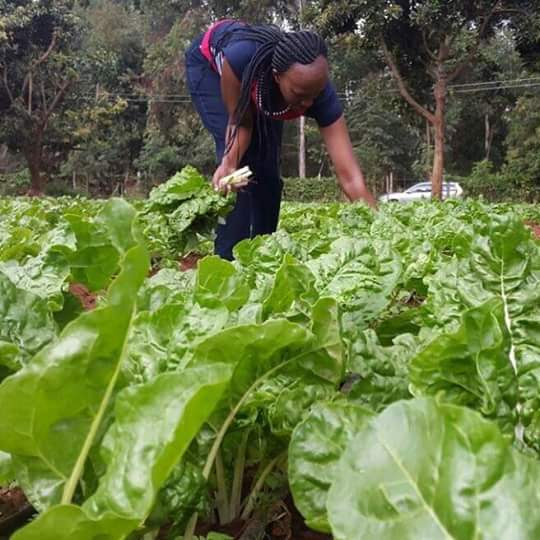
- How profitable is spinach farming in Kenya?
- How long does spinach take to mature?
- Does spinach grow back after cutting?
- How do you trim spinach or harvest spinach so that it keeps growing?
- What is the best fertilizer for spinach
- What diseases affect spinach vegetables?
Planting Spinach
Spinach is a green, tender, and leafy vegetable that is native to central and western Asia. It is normally eaten cooked or raw and has a very high nutritional value. Spinach requires well-drained fertile soils with a PH of 6.4 to 7 and the ecological requirements for spinach are temperatures of about 4 to 16 degrees Celsius although they can withstand more harsh conditions depending on the variety
Spinach vegetable is first sown in nursery beds before transplanting. Nursery beds for Spinach are created by raising soil and creating Furrow lines to sow seeds which are then covered with thin soil. The nursery bed should be properly taken care of by watering twice daily and mulching is also preferred to conserve the moisture on the soil.
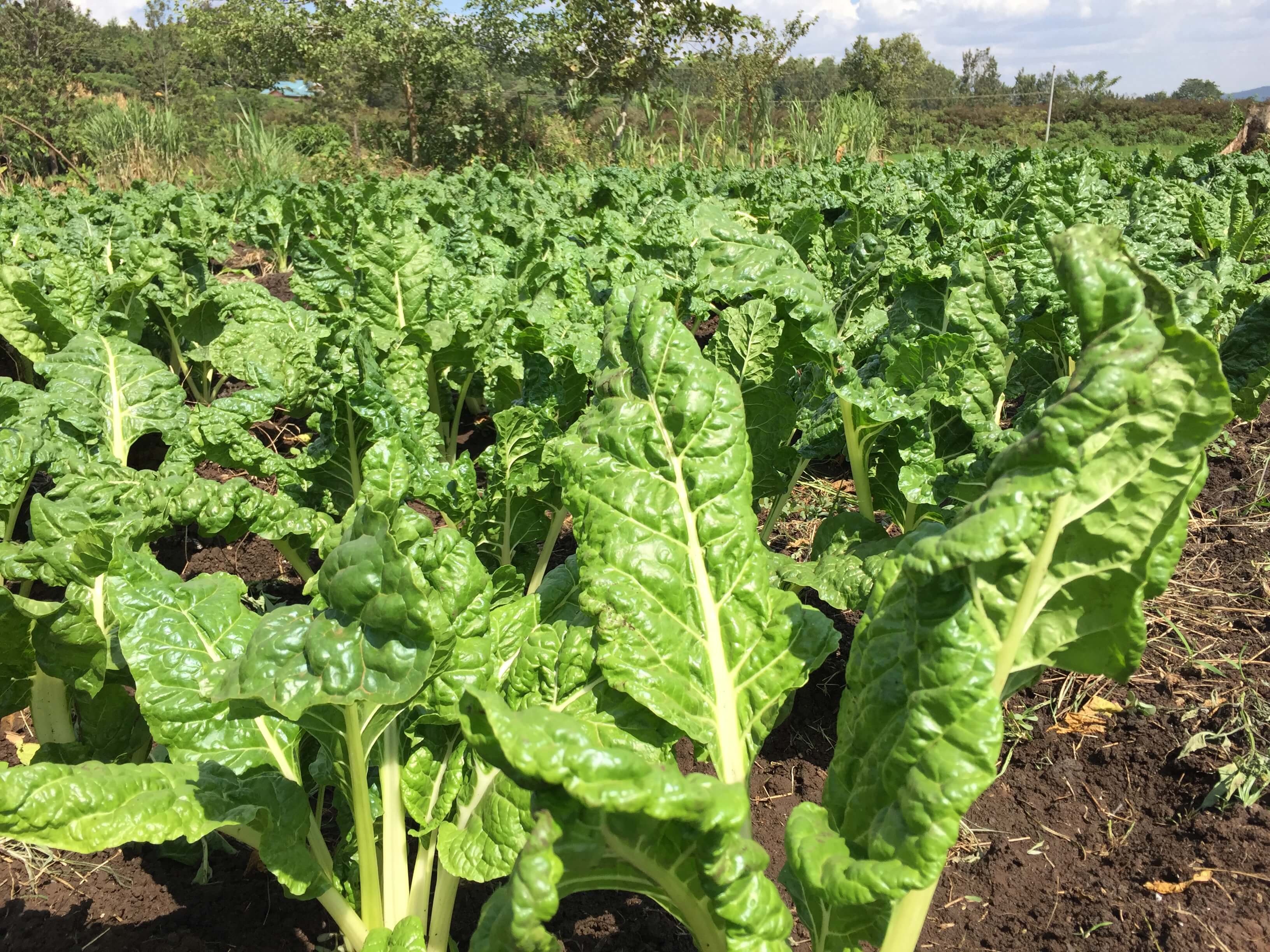
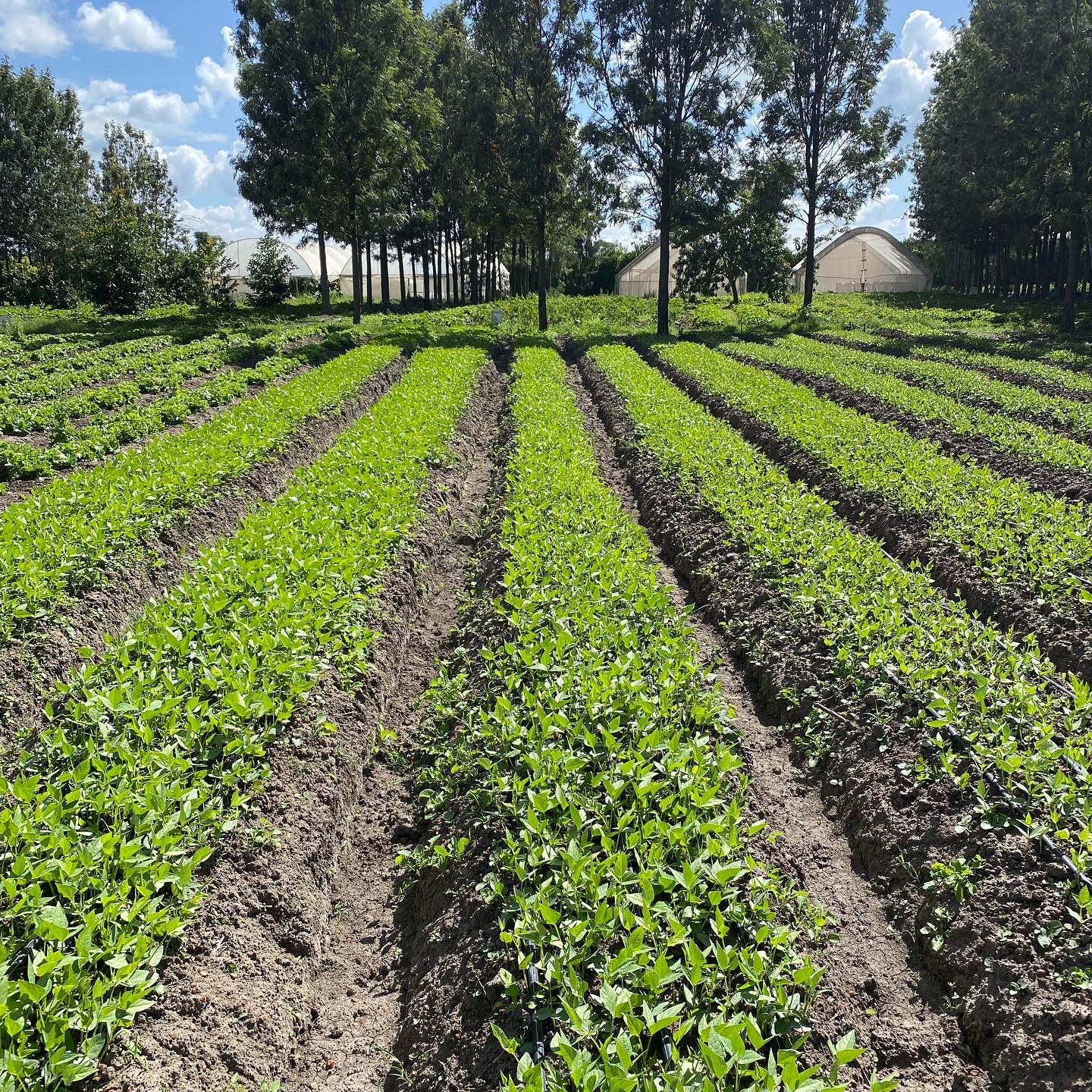
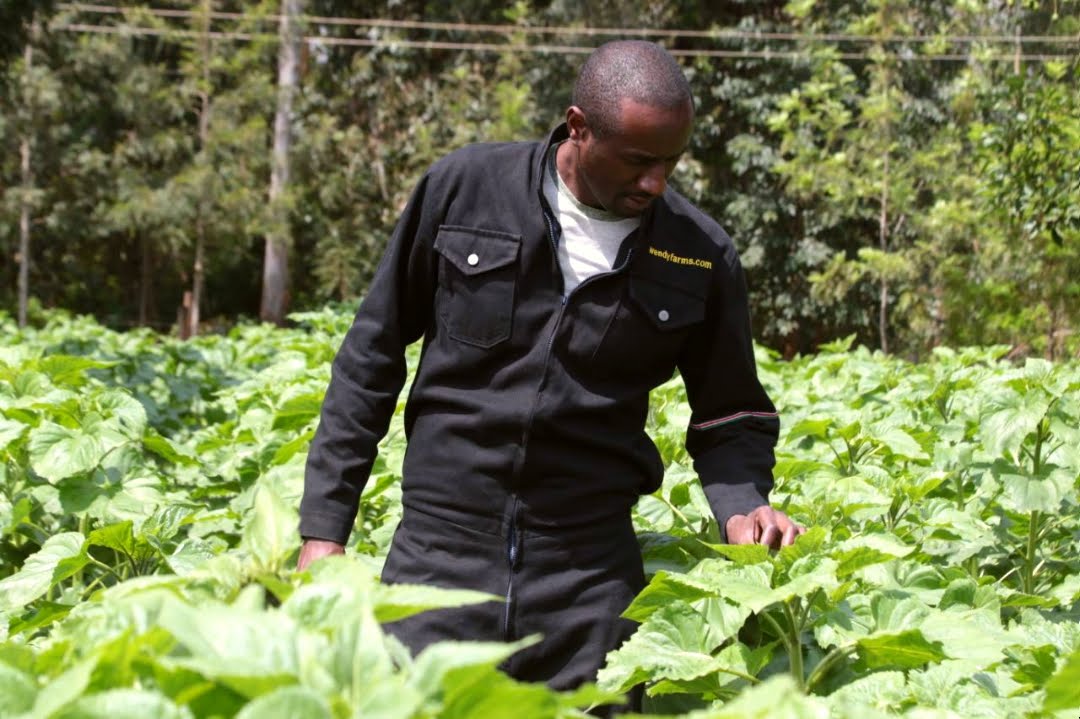
For about a period of four to five weeks when the seedlings have produced true leaves, transplanting can be done to the actual planting field or land. The land to be transplanted should be plowed and harrowed so as to bring the soil to a fine tilt and to avoid hardpans which may hinder the growth of Spinach roots and the plant development
On the land where the spinach seedlings are to be transplanted dig holes to a spacing of 30 by 30 cm in uniform rows and columns. You should allow spacing between rows that one can pass when handling the Spinach vegetable. On those holes add farmyard manure while mixing it with soil. When planting in the rainy season go on with transplanting the spinach seedling one in each hole then cover it firmly with soil.
In a period of minimal or low rainfall, transplant the seedlings at the evening period, and after application of manure add water in each hole while you repeat the same step of planting mentioned above.
